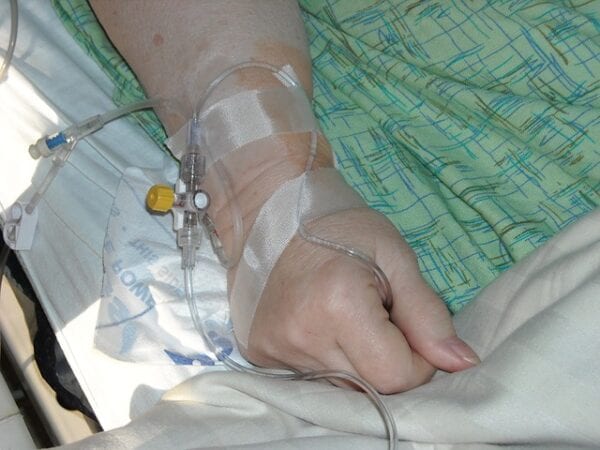Loop diuretics (podcast episode) are a mainstay of therapy when we need to eliminate fluid from the body. Heart failure and ascites due to cirrhosis are two of the most common fluid overload disease states that these medications will be used for. I wanted to provide some background on loop diuretic conversions as you will likely see this in clinical practice.
Furosemide IV/PO
Intravenous loop diuretics are often used in an acute care/hospital setting. As patients transition to outpatient medications, we will desire to get them back to an oral only regimen. Furosemide is the most commonly used loop diuretic in clinical practice. The approximate oral bioavailability of furosemide is 50%. In the scenario of desiring to keep the blood concentrations the same, we would approximately double the dose of the current IV dosing. You must recognize that this is controversial and can be variable from patient to patient. Assessing the fluid status and the patient’s clinical picture in the days and weeks to come following discharge is so important. You may find that even if you think your conversion was right, you may need to alter dosing anyway.
Loop Diuretic Conversions – Torsemide and Bumetanide
I also wanted to at least mention the two most other commonly used diuretics which are bumetanide and torsemide. These two loop diuretics will typically have a little more predictable pharmacokinetics. The oral bioavailability of these agents is high meaning that conversion is typically going to be 1:1.
What about converting between these agents?
There may be situations where we want to convert from one loop diuretic to another. Intolerance or lack of response maybe a couple of situations where we might consider this option. Drug shortages can force our hand as well and make us convert to another agent.
I usually start by remembering oral conversions. The dosing ratio for oral furosemide/torsemide/bumetanide is 40/20/1, respectively. IV ratios of these agents are 20/20/1.
Hopefully, these loop diuretic conversions will help you in your clinical practice! I cannot STRESS enough the importance of recognizing that these conversions are a guide, not an absolute rule. You need to follow your patients more closely when doing any type of conversion! Here’s a previous post on the conversion of gabapentin and pregabalin that may interest you.
- 30 medication mistakes PDF
- 18+ Page Drug Interaction PDF
- 10 Commandments of Polypharmacy Webinar based on my experiences in clinical practice



0 Comments